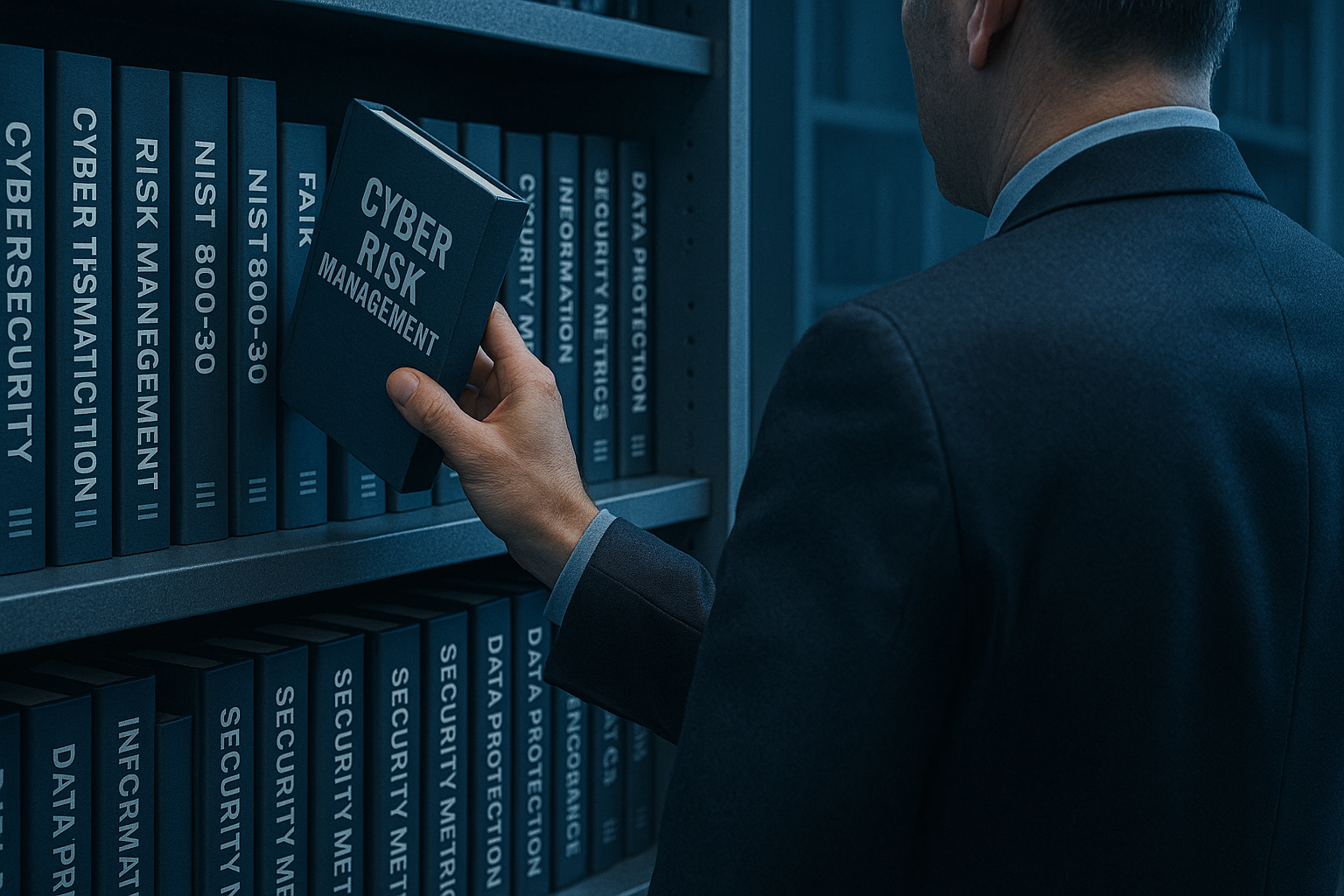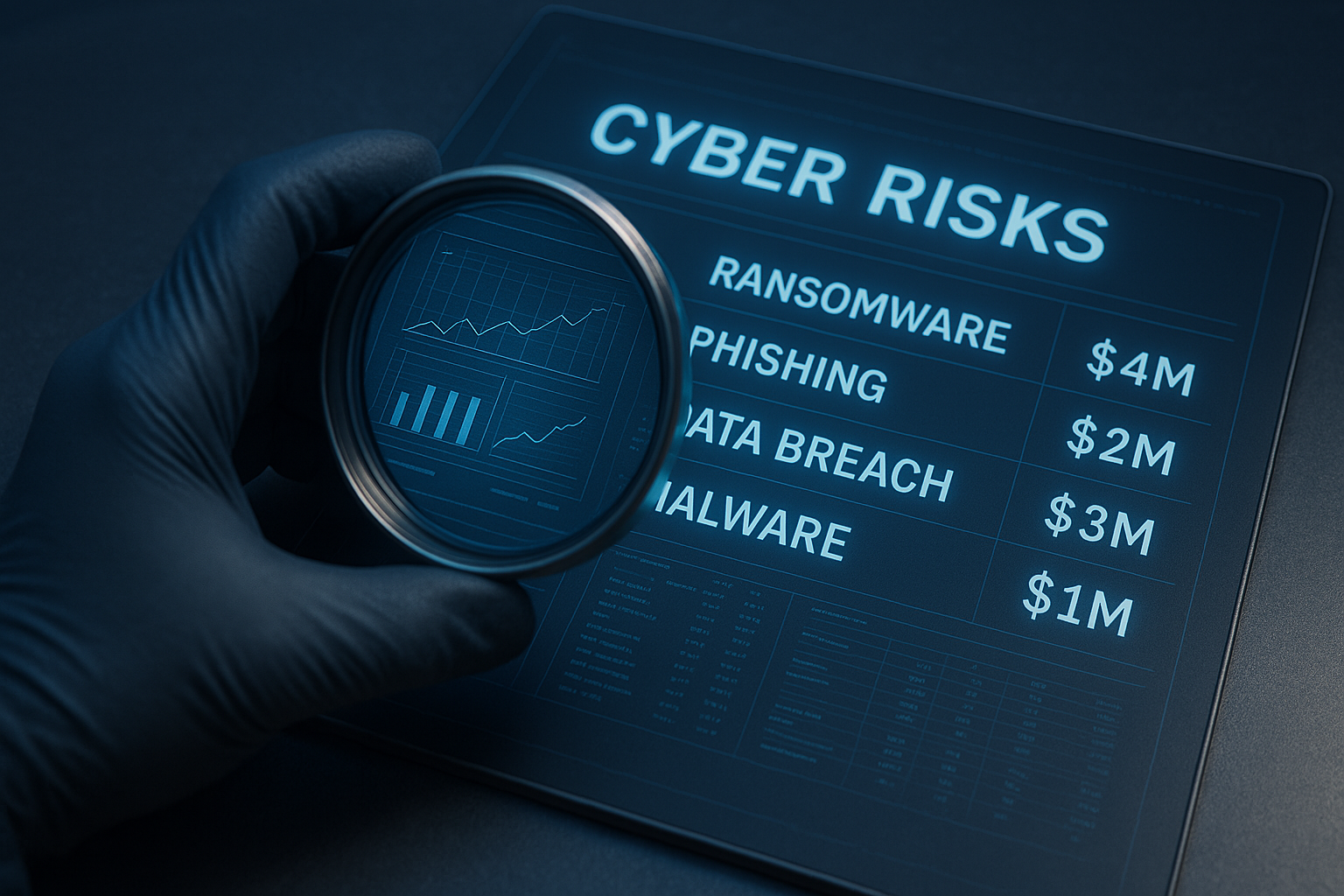From Silos to a Category to Modern-Day
From the early days of internal audit and external audit, governance, and policy management silos and into the era of enterprise governance, risk, and compliance (eGRC), the core ideologies of how organizations manage risk have remained consistent. However, when GRC solutions were born in the late twentieth century, organizations were taking far fewer risks themselves and facing far fewer cybersecurity risks than today.
Now, organizations of all sizes and industries are changing the way they think about risk management, changing the words they use to describe their work, and changing the technology requirements needed to help meet their goals. They need to be supported by technology that fosters a proactive approach and eliminates manual inefficiencies so they can be quick to respond to even the most unprecedented risks.
Enterprises expect more from GRC automation now. Yet, although AI and Machine Learning innovations, advanced automation, and reporting are widely available in other markets, GRC vendors haven’t taken full advantage (why we believe this is the case is explained in the next section). Although GRCs have their place and function, especially in enterprise organizations, they fail to provide information technology and information security programs with innovative risk management functionalities that prepare enterprises to take on today’s risks.
Legacy Solutions and the Promise of IT GRC Automation
If you look at the descriptions of governance, risk, and compliance (GRC) solutions in the early 2000s, you’ll see the word automation used. Today, these vendors still promise GRC automation as a core value proposition, and the functionality available is still delivering on similar automation use cases. However, automation functionality has not been leveraged to go beyond these core use cases.
Examples of existing GRC automation include:
Workflow automationPolicy management
Real-time reports
Email alerts
Audit trail
Notifications
Although these functionalities are quite useful, users are still stuck in a manual-reliant system. These manual processes do not work for cyber and IT professionals - not anymore. Earlier, we discussed how organizations, especially enterprise IT and cyber teams, yearn for a more proactive and less manual approach to risk management. To architect this ability, any common enterprise GRC vendor would have to rebuild their solution from the ground up to add true GRC automation.
Keeping all of this in mind, how are modern-day CISOs, Cyber Risk leaders, and IT teams expected to meet the needs of their rapidly digitizing enterprises, much less keep up with the changing risk landscape? Saying they’re stuck between a rock and a hard place would be an understatement.
“In the times of fast-tracking digital business capabilities and investing in extra operational resilience, targeted automation projects are the norm… A possible solution is to evaluate more innovative technologies to fill in the gaps where traditional risk management tools have fallen short.” - Gartner Cool Vendors in Cyber & IT Risk Management, Q4 2020
Augment Your GRC System with an Automated Cyber & IT Risk Solution for Maximum Returns
Want to rip out your GRC system? That option is a luxury for organizations who decide to go that route in favor of a newer, more modern vendor. Still, for organizations with a “system” composed of point solutions or spreadsheets, it happens all the time. However, this isn’t always an option for modern-day enterprises, especially the largest ones, who have relied on their GRC for years and across many more departments and hierarchies.
We often hear from some of our largest clients and partners that keeping their GRC is almost “a political decision.” However, those enterprises still desire the same benefits from automation, and their projected returns are even greater. So how do they solve for this?
Examples of advanced automation to support Cyber & IT Risk Management include, but aren’t limited to:
- Artificial intelligence (AI)
- Optimizations that dynamically suggest control remediations for quick wins
- Return on Security Investment (ROSI) calculations that measure risk and financial data to provide solutions with the largest returns and map cyber and IT initiatives to business objectives
- Machine Learning (ML) and Natural Language Processing (NLP)
- Auto-mapping security events and incidents to controls from integrations with the security tech stack, going beyond just control monitoring capabilities.
- Instantly attaching scan evidence to controls to fulfill them.
- Dynamically mapping control frameworks and harmonizing industry standards and regulations to develop a comprehensive, common control compliance framework that goes beyond control-to-control mapping, but rather control-action-to-action for more granularity and accuracy when meeting compliance requirements.
- Deliver the next level of real-time, continuous monitoring for security and risk assessments.
Large enterprises are seeing that augmenting their GRCs to strengthen functionality for IT and Cyber can provide them with the automation they need and be looked upon favorably by management. It’s a win-win scenario for everyone - keeping the GRC system that is relied upon by other departments while getting Cyber and IT the innovations they need to succeed in the digital age.
As the only solution that can provide this level of automation for organizations, CyberStrong is relied upon by many of the Global and Fortune 500 to deliver just that. Organizations are drastically reducing manual intervention previously necessary to assess, manage, and communicate cyber posture. These organizations are dynamically managing risks, saving millions per year in resources, and making the most of their human capital while meeting compliance management requirements at scale. It is beyond “GRC automation.” It is a new category of solution that disrupts and automates IT GRC in its entirety.
Curious to learn about what your Cyber Risk Transformation would look like? Request more information about CyberStrong or watch our presentation on our Automation use case.
“At an industry level, there is currently a lack of best practice for mapping real-time telemetry into a control environment, but CyberSaint is making more progress than most, especially compared to the IT risk management vendors.” - Gartner Cool Vendors in Cyber & IT Risk Management, Q4 2020





.png)
.png)
.png)
%201.png)
.png)




